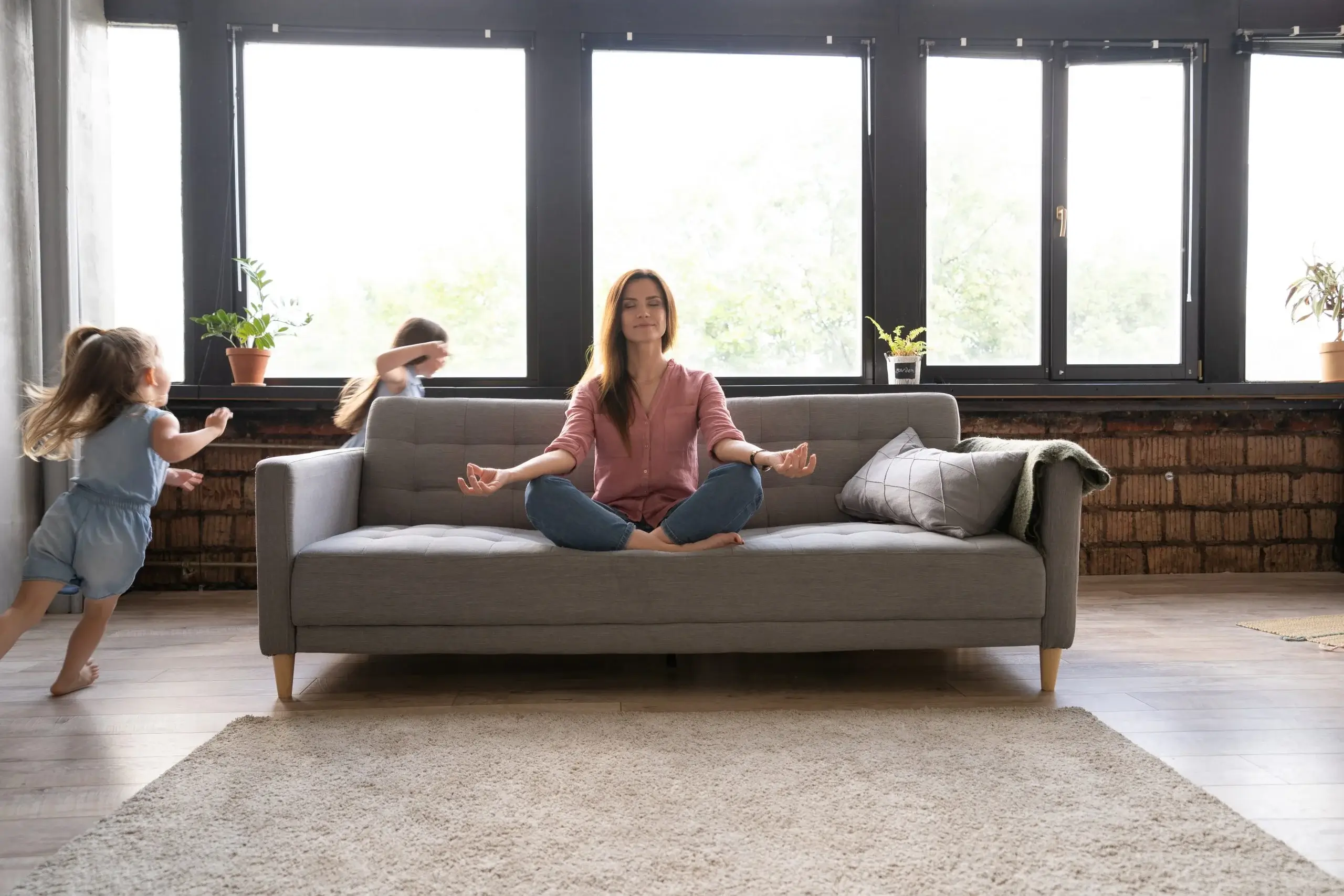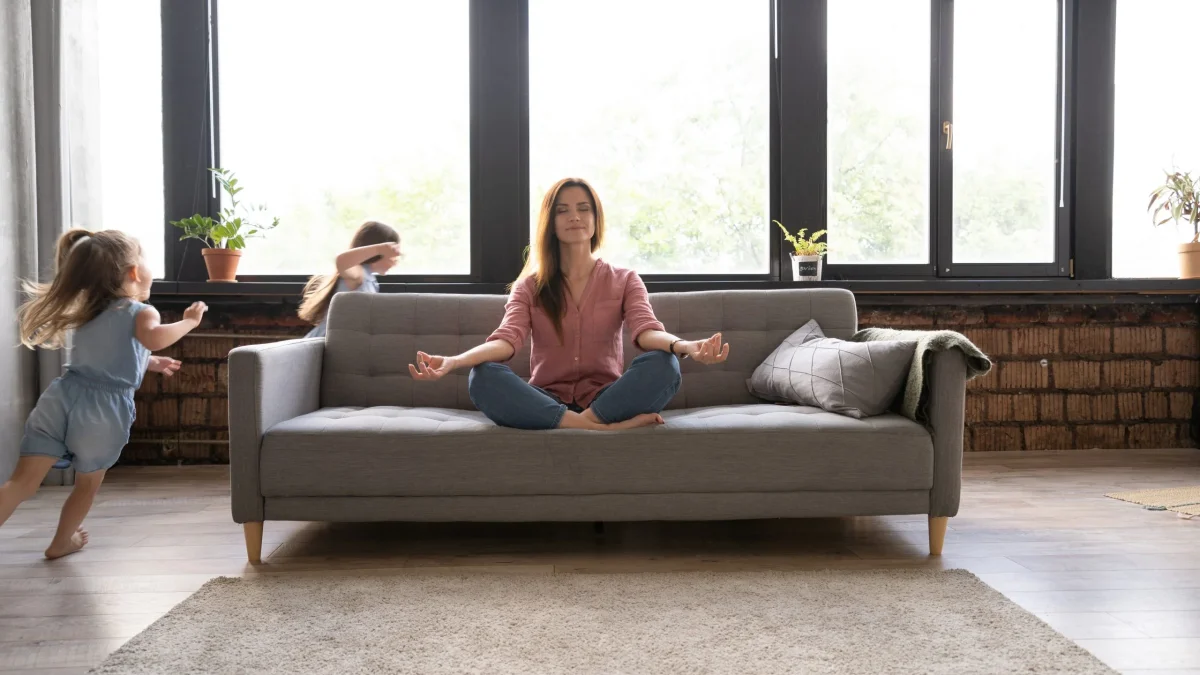
Your home should be a place of peace and relaxation, but many homeowners struggle with unwanted noise. Whether it’s from within the home or from external sources, noise can disrupt your daily life. The good news is that many common noise issues can be addressed with practical and effective solutions.
Below, we’ll discuss five of the most common noise problems you might experience in your home and how you can solve them, helping to create a quieter, more calm living space.
Outdoor Noise From Your Garden and Patio
Gardens are a beautiful part of any home, but outdoor noise from the neighborhood or busy roads can easily seep into your peaceful space. Whether it’s loud lawn equipment, nearby traffic, or neighbors enjoying their time outdoors, these sounds can quickly turn your garden into a place of irritation rather than relaxation.
One effective way to minimize noise from the outside is through strategic placement of barriers, such as fences or thick shrubbery, but for areas where you want additional sound protection, consider installing acoustical access doors.
These doors are specifically designed to minimize sound transmission, especially when leading from the garden into your home or connecting to quieter parts of the house. They not only improve the aesthetic of your home but also reduce unwanted noise entering your living areas.
Indoor Noise Control With Acoustical Panels
If indoor noise is a major concern in your home—whether it’s due to open-plan living, high ceilings, or simply poor acoustics—you might want to look into solutions that help absorb sound rather than letting it bounce around. One of the best and most versatile solutions is acoustical panels.
These are panels that you can place on your walls or ceilings to reduce noise, improve sound quality, and make your home feel more comfortable.
The great thing about acoustical panels is that they come in many different designs, colors, and materials, so they can blend in with your decor or even add an artistic element to your room. These panels can help reduce echoes in large spaces, soften harsh noises in kitchens or living rooms, and even improve sound quality in home theaters or offices.
Noise From Home Appliances
One of the most common noise complaints in any household is the sound of everyday appliances. Dishwashers, washing machines, and your clothes dryers can all produce significant noise, especially in open-plan homes where there’s no separation between living spaces.
Not only can these sounds disrupt conversations and relaxation, but they can also contribute to general stress if they’re too loud or frequent.
There are several ways to address appliance noise. For starters, modern appliances often come with noise-reduction technology, so upgrading to quieter models can make a big difference.
Next, adding soft mats or anti-vibration pads underneath your washer and dryer can reduce the noise caused by vibrations during operation. You can also place your loudest appliances in enclosed spaces like utility rooms or laundry rooms with soundproofed doors to minimize the impact on your main living areas.
Soundproofing Your Windows to Block Outside Noise
If you live near a busy street, external noise from traffic or nearby businesses can be a constant annoyance. Even with your doors and windows closed, outside sounds can easily penetrate your home if they’re not properly soundproofed.
The most effective solution is upgrading to double or triple-pane windows, which are designed to block out a significant amount of external noise. These windows have layers of glass separated by gas or air pockets, which act as a barrier to sound waves.
If replacing your windows isn’t an option, consider using soundproof window inserts, which can be easily installed and removed without a full renovation. Heavy curtains or thick window treatments can also help by dampening some of the noise.
Foot Traffic and Noise From Upstairs Rooms
If your home has multiple levels, you might find that noise from upstairs—such as foot traffic, dropped objects, or even conversations—can easily carry to the lower levels. This can be particularly disruptive in homes with hardwood or tile floors, as sound tends to bounce off these hard surfaces more easily.
Carpeting or large area rugs can go a long way in reducing the noise from foot traffic. By adding a soft surface, you can absorb much of the impact noise that travels through the floors. If you prefer not to cover your beautiful hardwood floors, consider using soundproof underlayment beneath them.
This type of underlayment is designed to block sound from traveling through floors, creating a quieter environment for those downstairs.
Martin Ellis
Related posts
Stay connected
- How LoveOn Chat Is Becoming the Most Versatile AI Companion for Digital UsersThe internet keeps shifting toward hyper-personal interaction, and AI companions are at the center of this shift. What used to be simple chatbots are now evolving into emotionally aware, adaptive, and multi-functional digital partners. Among the new generation of platforms, LoveOn Chat is becoming one... The post How LoveOn Chat Is Becoming the Most Versatile […]

